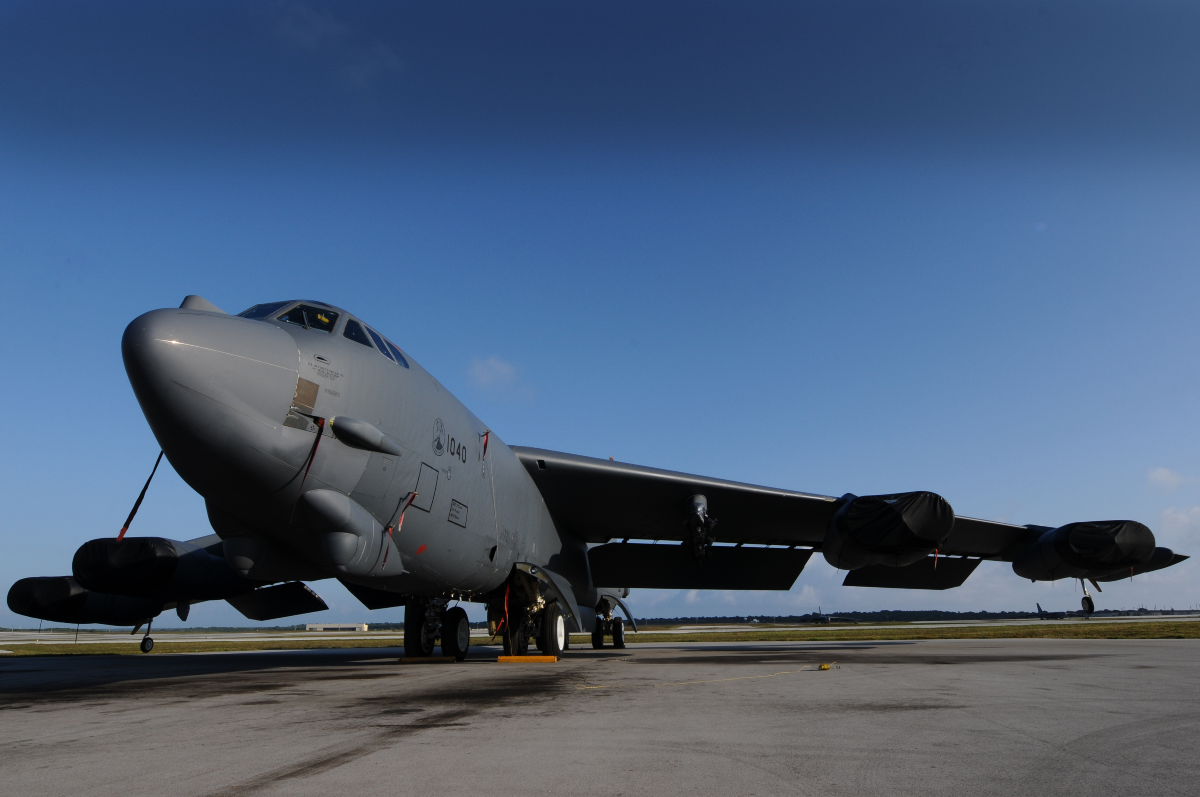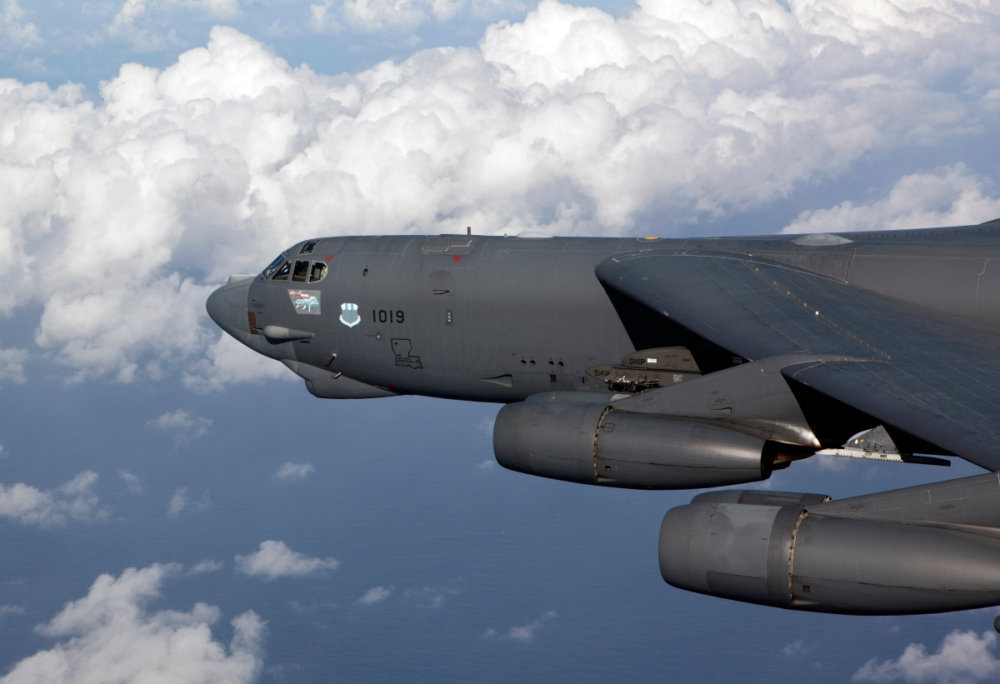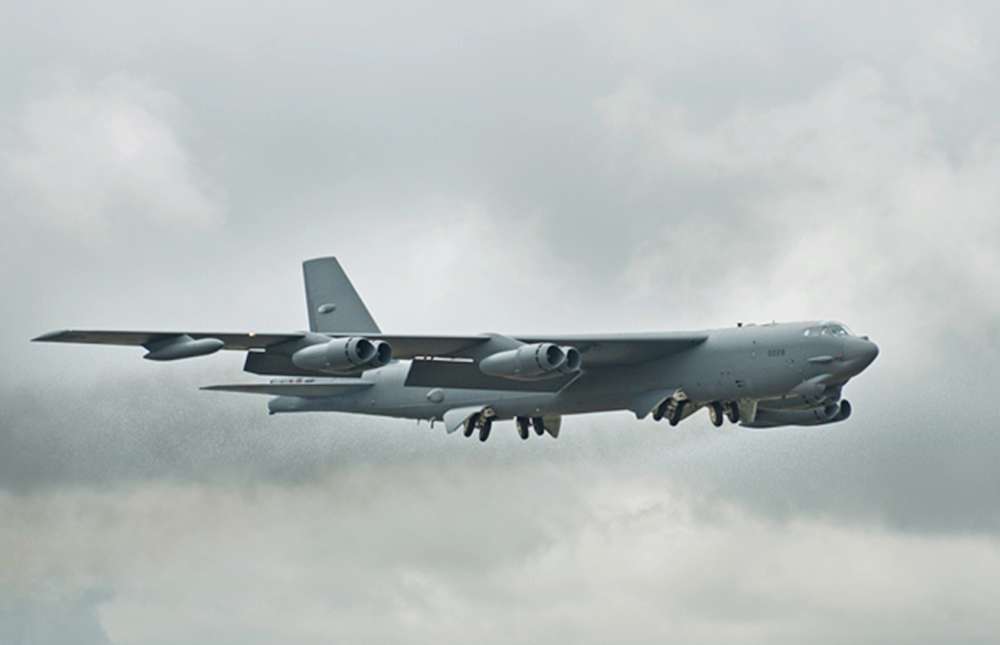The United States Air Force (USAF) is eyeing a suite of overhaul programs for the iconic B-52 Stratofortresses that will keep the planes flying well into the middle of the 21st century. The B-52A first took flight in August 1954. As a result of the upgrade programs, the USAF may spend over 100 years flying the B-52.
The B-52 Stratofortress keeps evolving as needs change
Speaking to Defense One in June, Major General Andrew Gebara, director of strategic plans, programs, and requirements at Air Force Global Strike Command, said;
"When we built the B-52, it was supposed to be a high-altitude nuclear bomber. Then it became a low-altitude nuclear bomber. And then, it became a high-altitude carpet bomber in Vietnam.
"And then it became a standoff cruise missile shooter in Desert Storm. And then, it became a precision strike close air support platform in Afghanistan and Iraq."
Between 1954 and 1962, 744 B-52s were built. All up, the USAF Strategic Air Command received 102 B-52H’s. Since then, the plane has underpinned much of the USAF's strategic bomber capabilities. Across the USAF, and after 60 years of flying, the B-52 remains unmatched in the range of weapons it can deploy.
Stay informed: Sign up for our daily and weekly aviation news digests.
A continuing series of upgrades keeps the B-52 highly relevant
Keeping the 83.25 ton, 159 feet long B-52H in the air has involved a continuous series of upgrades, but the DNA of the B-52 hasn't changed. Six years ago, Boeing delivered enhanced internal weapons bay launchers for six of the B-52s. That upgrade facilitated GPS-guided or “smart” weapons in the weapons bay.
"The B-52 bomber will remain relevant for decades to come,” said Boeing's Jeff Lupton at the time.
Now, the USAF is looking to expand the B-52's weaponry platforms, fitting the 76 B-52s still flying for the USAF with the AGM-183A Air-launched Rapid Response Weapon. Lockheed Martin picked up the US$480 million contract to develop the air-launched hypersonic weapon.
"We're going to make it the first hypersonic shooter in the American inventory," said Major General Gebara.
An $11 billion B-52 re-engine program is about to get underway
The USAF is also planning to re-engine its fleet of B-52 Stratofortresses in an $11 billion overhaul program. GE Aviation, Raytheon Technologies’ Pratt & Whitney unit and Rolls-Royce are all competing for the contract. The contract requires 608 engines plus spares will be delivered over 17 years.
Pratt & Whitney TF33-PW-103 engines have powered the B-52s since the 1960s. The new engines will need to keep the B-52 in the air until the middle of the century. The USAF is eyeing a military derivative of an existing commercial aircraft engine.
Currently, the existing engines (the B-52 has eight) each delivers 7,000lb-thrust (75.7kN). The replacement engine will need to match this plus a more modern turbofan that provides a higher bypass ratio and digital engine controls. With an eye on ongoing costs and environmental concerns, reduced fuel consumption, noise, emissions, and operating costs are also needed.
According to FlightGlobal, Rolls-Royce will bid with the F130 engine, a military derivative of the company’s BR700 engine. Pratt & Whitney will offer the PW800 engine. GE Aviation has CF34-10 engines and Passport turbofans on the table.
The USAF is yet to award the contract. The re-engine program will replace about 10% of the B-52s overall components. But it won't change the B-52s mid-20th-century airframe and much of its analog technology. However, the constant upgrades mean that old school but steadfast airframe will keep flying for decades to come. In doing so, the B-52 Stratofortresses will continue to provide the US with critical airstrike and defense capabilities.



